Focus on Safety and Compliance
Safety and compliance remain paramount in the Helicopter Avionics Market, driving the demand for advanced avionics systems. Regulatory bodies are continuously updating safety standards, necessitating the integration of sophisticated avionics technologies to meet compliance requirements. The emphasis on safety is particularly evident in the development of systems that enhance situational awareness, such as collision avoidance systems and real-time monitoring tools. As a result, manufacturers are compelled to innovate and upgrade their offerings to align with these stringent regulations. The market is projected to grow as operators prioritize safety enhancements, with an expected increase in investments in avionics systems that ensure compliance with international safety standards. This focus on safety is likely to shape the future of the Helicopter Avionics Market.
Military Modernization and Upgrades
The Helicopter Avionics Market is significantly influenced by military modernization and upgrades. Many countries are investing in their defense capabilities, leading to an increased focus on enhancing military helicopter avionics. Modern military operations require advanced avionics systems that provide superior situational awareness, communication, and navigation capabilities. As defense budgets increase, there is a growing trend towards retrofitting existing helicopters with modern avionics technologies. This modernization effort is expected to drive substantial growth in the Helicopter Avionics Market, as military operators seek to maintain operational readiness and effectiveness. The integration of advanced avionics in military helicopters is likely to enhance mission success rates and improve overall performance.
Digitalization and Automation Trends
The Helicopter Avionics Market is increasingly influenced by digitalization and automation trends. The adoption of digital technologies, such as cloud computing and big data analytics, is transforming how avionics systems are designed and operated. Automation in flight operations, including autopilot systems and automated maintenance checks, is enhancing efficiency and reducing human error. This shift towards digital solutions is expected to streamline operations and improve decision-making processes. According to recent estimates, the market for digital avionics is anticipated to reach USD 3 billion by 2026, reflecting a growing preference for automated systems. As operators seek to optimize performance and reduce costs, the Helicopter Avionics Market is likely to see a significant increase in demand for digital and automated solutions.
Increased Demand for Helicopter Services
The Helicopter Avionics Market is witnessing increased demand for helicopter services across various sectors, including emergency medical services, law enforcement, and tourism. This growing demand is prompting operators to invest in advanced avionics systems that enhance operational capabilities and improve service delivery. For instance, the need for rapid response in medical emergencies necessitates reliable navigation and communication systems. Additionally, the tourism sector is increasingly utilizing helicopters for scenic flights, which requires high-quality avionics for safety and customer satisfaction. As the demand for helicopter services continues to rise, the Helicopter Avionics Market is likely to expand, with operators seeking to equip their fleets with state-of-the-art avionics technologies to meet customer expectations.
Technological Advancements in Helicopter Avionics
The Helicopter Avionics Market is experiencing a surge in technological advancements, which are reshaping the landscape of aviation. Innovations such as advanced flight control systems, enhanced navigation technologies, and improved communication systems are becoming increasingly prevalent. These advancements not only enhance operational efficiency but also improve safety and reliability. For instance, the integration of synthetic vision systems and terrain awareness warning systems is expected to reduce the risk of accidents. Furthermore, the market is projected to grow at a compound annual growth rate of approximately 5.2% over the next few years, driven by these technological innovations. As manufacturers invest in research and development, the Helicopter Avionics Market is likely to witness a continuous influx of cutting-edge solutions that cater to the evolving needs of operators.
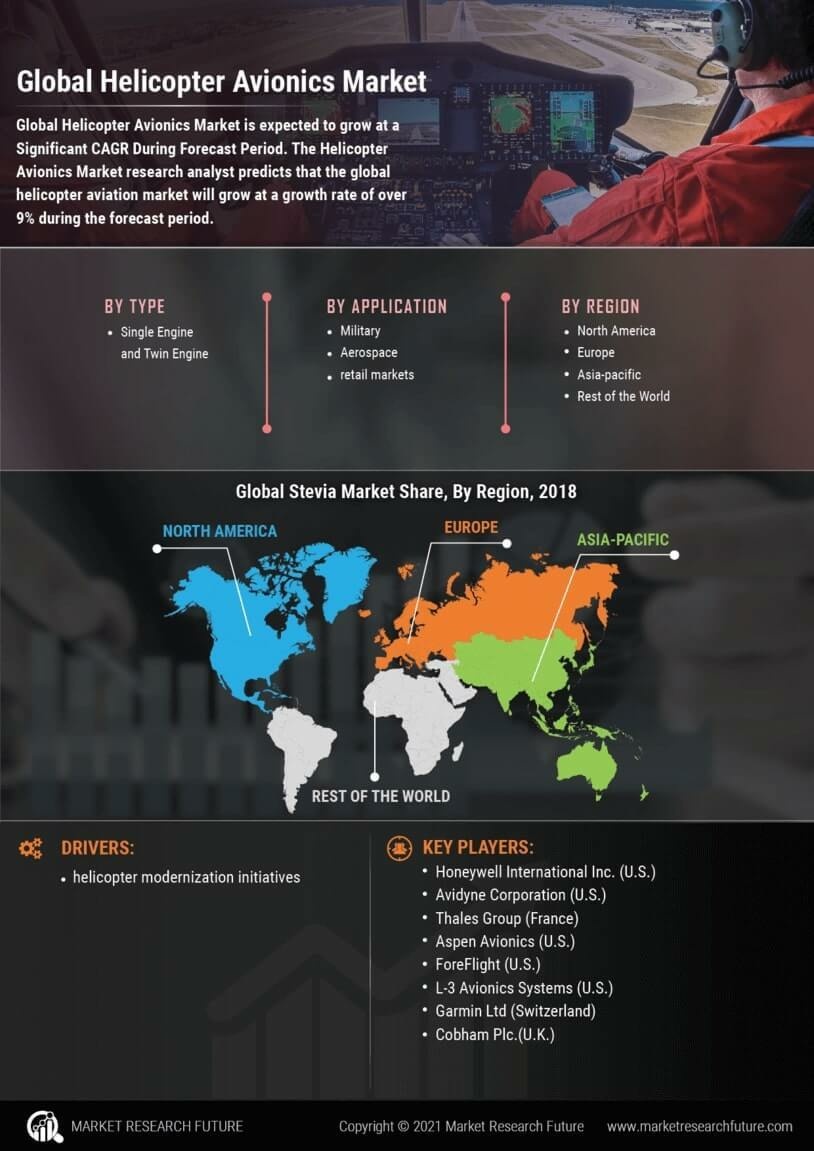

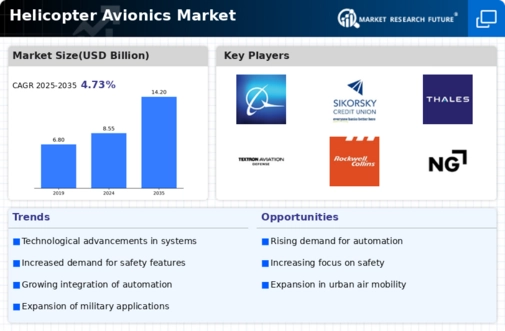
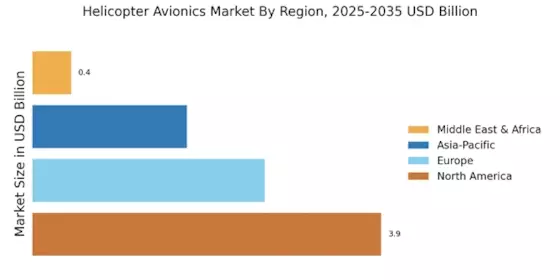
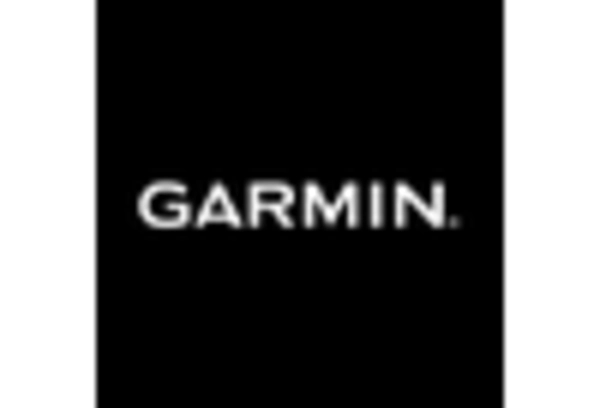

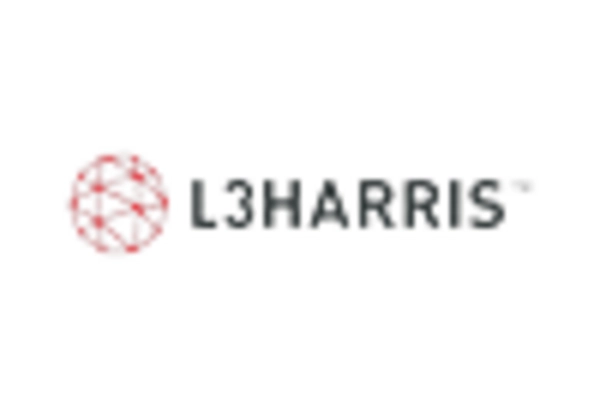


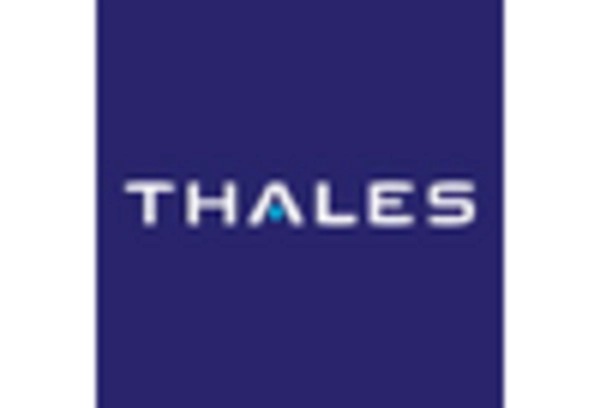








Leave a Comment